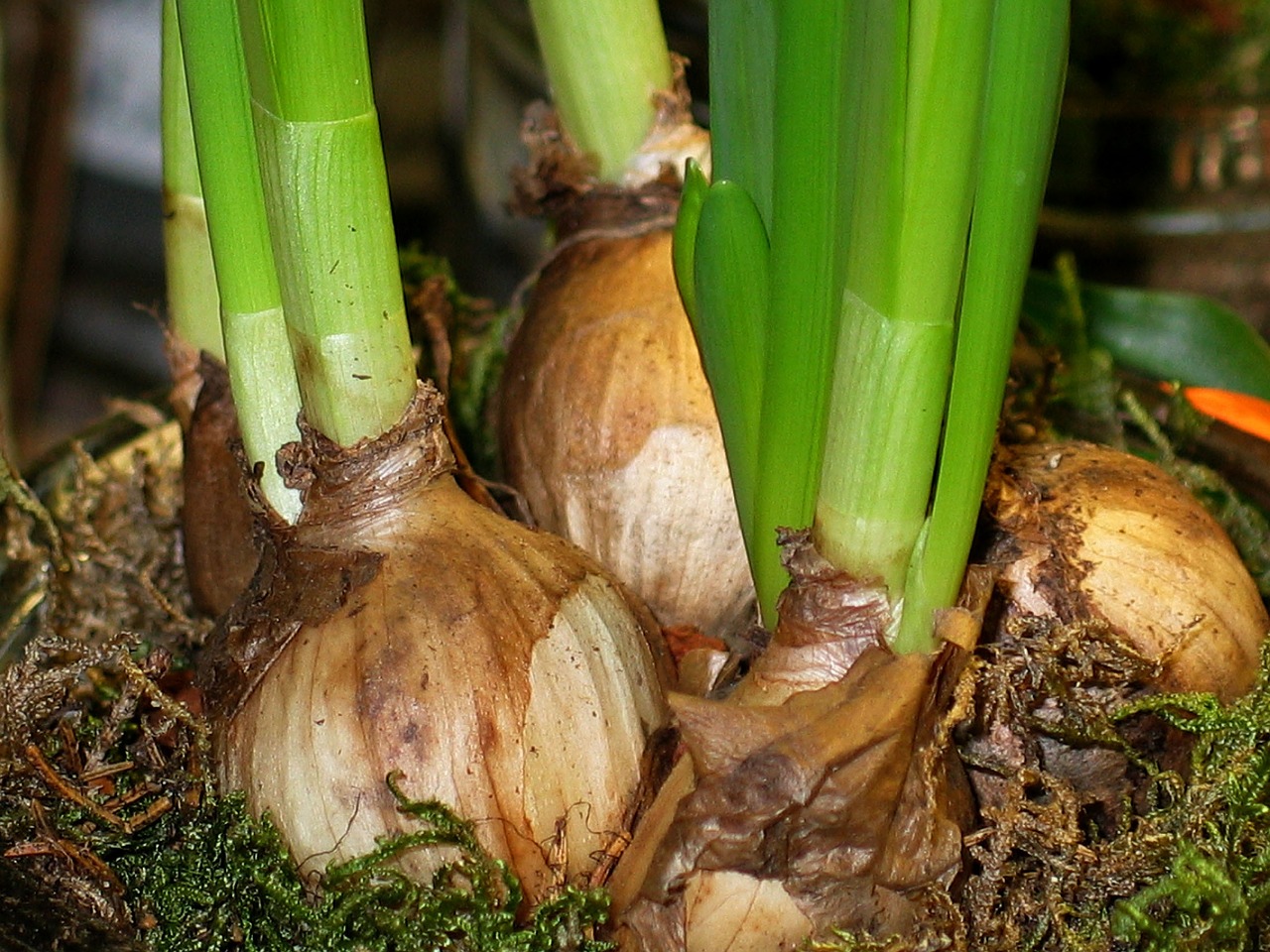Plant flower bulbs in fall for colorful spring display

JACKSONVILLE, Ill. — The days are getting shorter, and the temperatures are finally getting cooler, meaning fall has arrived. While many of our gardening activities are starting to wind down, it’s time to start thinking about planting our spring-blooming bulbs. Bulbs such as crocus, tulips, daffodils, as well as a host of others, can provide a burst of color early in the year before many of our other landscape plants begin blooming.
The ideal time to plant bulbs is approximately four to six weeks before the ground freezes, around mid-October to early November. This will give the bulbs some time to grow roots before winter sets in. However, any time before the ground freezes will do. It’s better to get your bulbs in the ground than try to store them overwinter.
When choosing which bulbs to plant, pay attention to flowering times. By combining early-, mid-, and late-blooming bulbs, you can have a floral display from early March through June. If you are purchasing bulbs in-person, select bulbs that are firm and free of soft spots or signs of disease.
Most spring-blooming bulbs prefer full to part sun conditions. However, spring bulbs will often bloom before many trees leaf out. Therefore, it may be possible to plant them under trees or shrubs that would otherwise produce too much shade to grow plants that need full sun or partial shade.
If you decide to place bulbs under trees, be careful not to disturb the tree’s root system too much (don’t till the soil). Early blooming bulbs like crocus, winter aconites, snowdrops, Siberian squill, and early maturing daffodils are good options.
Another consideration for site selection is the soil. Make sure to choose a site that has well-drained soil. If soils remain wet for extended periods, the bulbs may rot. Organic matter such as compost or peat moss can be added to the soil to help improve soil drainage.
Traditionally it has been recommended that phosphorous, often in the form of bone meal, be added to planting holes to help encourage root growth of bulbs. According to Washington State University, this is unnecessary in most cases as soils generally have sufficient phosphorous levels in them. Instead, conduct a soil test to see if any additional phosphorus is needed in your soils. Plants can be fertilized once they begin to emerge in the spring with a 10-10-10 or a bulb fertilizer. However, don’t fertilize once they have started flowering.
When it comes time to actually place your bulbs in the ground, pay attention to your planting depth. Packages of bulbs should indicate how deep bulbs should be planted. As a rule of thumb, though, bulbs should be planted two to three times as deep as they are wide.
This means some larger bulbed plants such as tulips and daffodils should be planted 6 to 8 inches deep, while smaller bulbs such as crocus should be planted 3 to 4 inches deep. When placing your bulbs in their holes, make sure to plant the nose (pointed end) up and the root plate (flatter end) down.
Miss Clipping Out Stories to Save for Later?
Click the Purchase Story button below to order a print of this story. We will print it for you on matte photo paper to keep forever.

